Opened in the centre of Silesia Park in 1955, this is Poland's oldest planetarium, and now - thanks to a major modernisation during the pandemic years - also Poland's largest and most state-of-the-art astronomy facility.
Although expanded into a 'science park,' the planetarium itself is still the main attraction here, displaying millions of stars on the largest spherical screen in this part of Europe. Each day there are several screenings from a catalogue of over a dozen captivating films, and non-Polish speakers are able to experience them in their native languages with provided headsets. Uniquely included in the repertoire amongst the cutting-edge contemporary films is one of the planetarium's original star shows created in 1965 ('Ancient Legends of the Constellations'). Visit their website to see what languages are available for which shows, see showtimes and buy tickets ahead of your visit; make sure to select the headphone option if you don't intend to hear the show in original Polish.
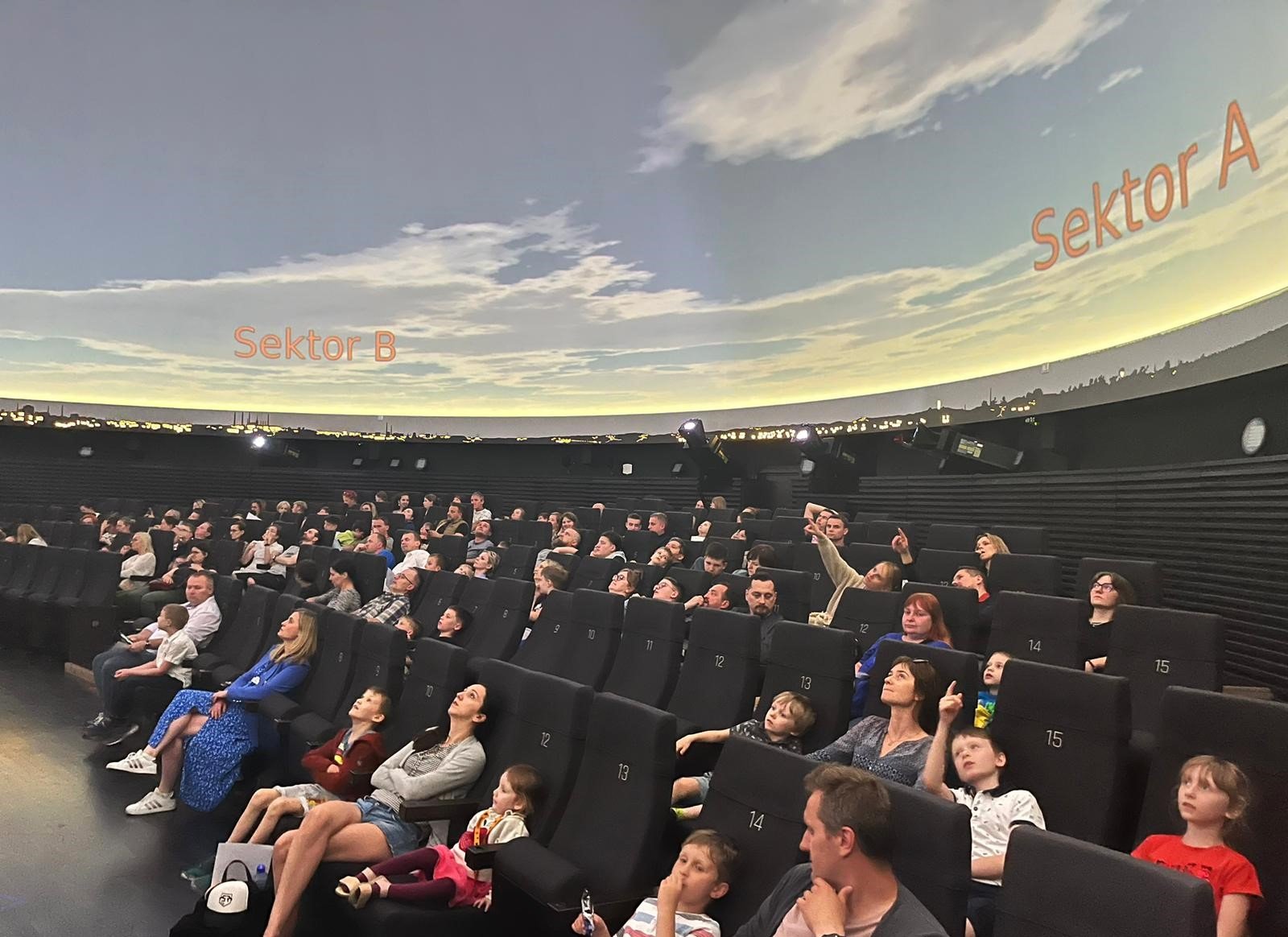
In addition to the truly mind-expanding star shows, however, the planetarium/science park has two new and impressive permanent exhibits focused individually on Astronomy and Geophysics. These can only be visited in small groups with a tour guide, and unfortunately tours are currently only available in Polish. Designed for ages 11+, the interactive exhibits are absolutely worth experiencing, and are set to become available in English and other languages in the future, so check their website. Exhibit tours do not take place on Mondays.
Other attractions include five ultra-modern space flight simulators that take you on a voyage to the International Space Station 406km above the ground. [Tickets for the flight simulators can only be bought in person at the Planetarium on the day of your visit and are not available on Mondays.]
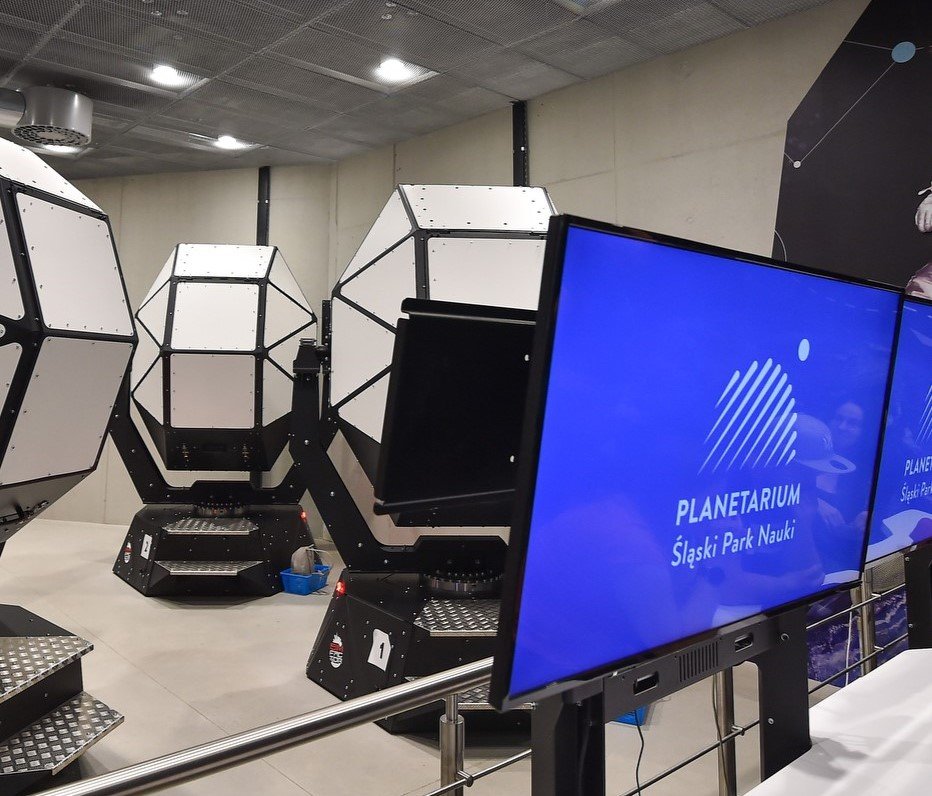
The redesigned park also includes a new Camera Obscura, giving visitors panoramic views of Silesia Park from a height of 25 metres. This attraction can also only be visited with a guide and booked in person on the day of your visit; closed Mondays.
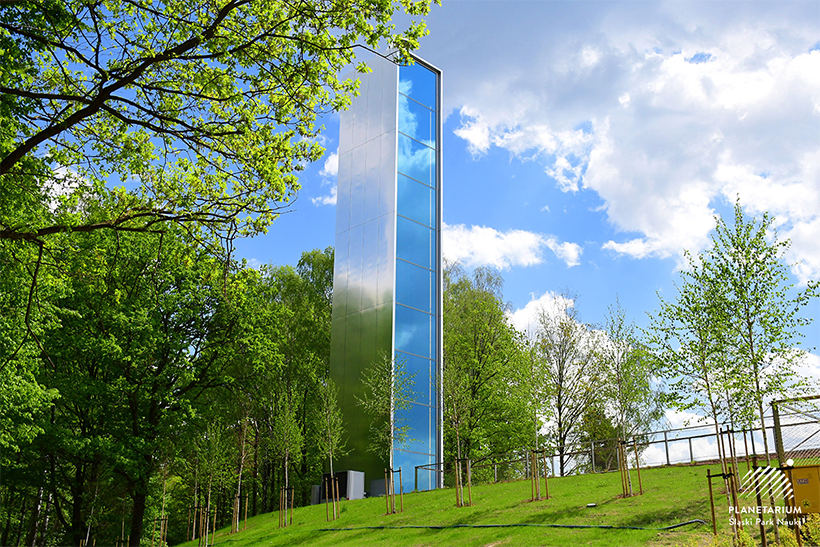
The grounds also include art exhibits, a massive sundial that was part of the original Socialist Realist design, roof terraces with great views, the original Zeiss telescope from the 1950s, and a monument to namesake Nicolas Copernicus also from that era.
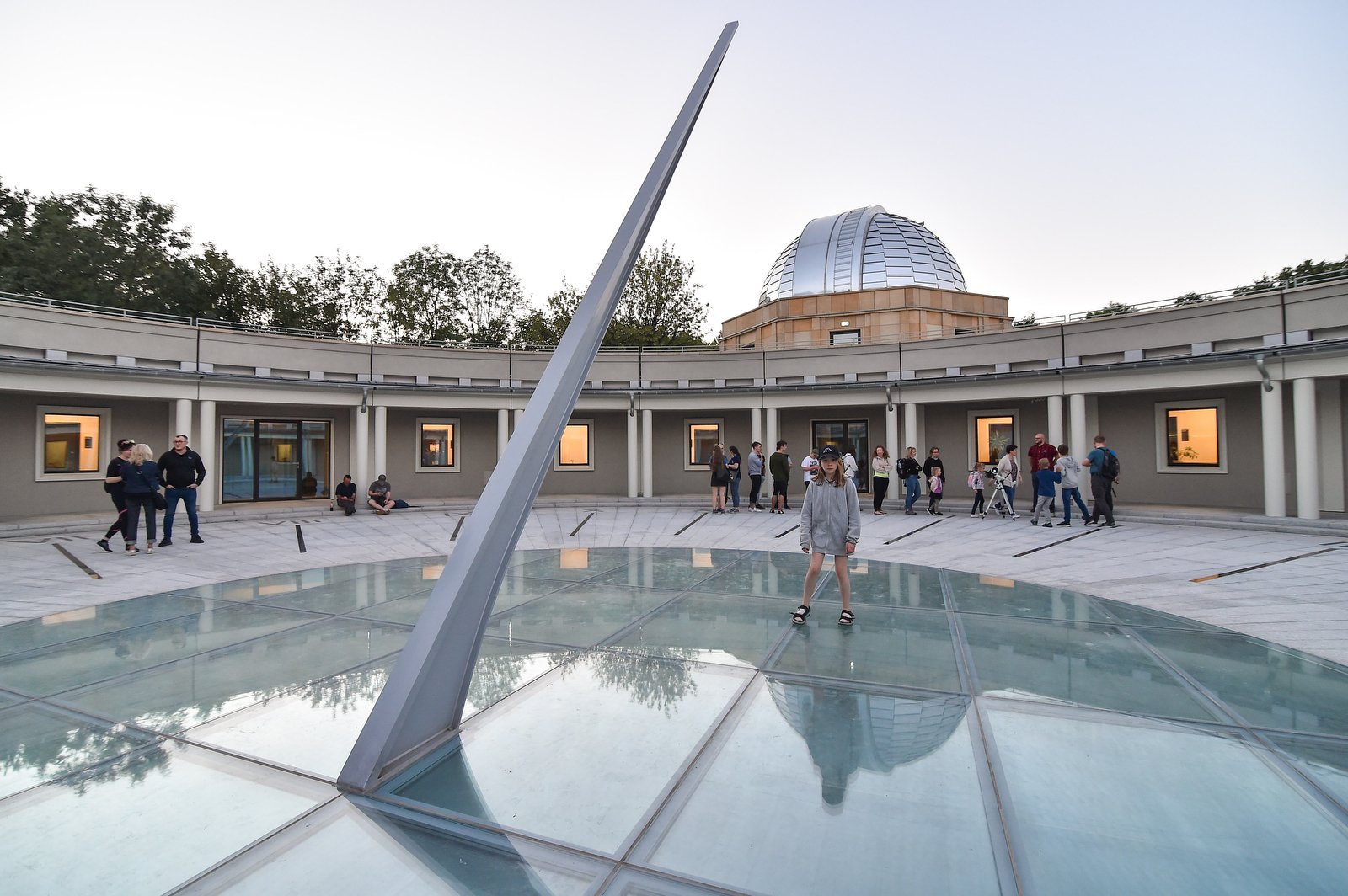
Overall, the revamped Copernicus Astronomical Observatory in Chorzów (as it was once and is still officially called) is one of the region's most worthwhile attractions, especially for older kids and full-grown science buffs. When planning your visit, check the times of the films and tours available to make sure they don't overlap, and also make sure to check the regulations; some exhibits have height and weight restrictions. If you're concerned about food, note that there is also a bistro restaurant at the planetarium.
Getting to the Planetarium
Located deep in the heart of Silesia Park, it was famously quite a trek to reach this astronomical outpost. However, in concert with the modernisation of the facility, a new line of the Elka Cableway has been built, transporting passengers from the cableway station outside Legendia Amusement Park directly to the Planetarium. Going directly over the Zoo, and offering fabulous birds-eye views of the entire park, this is definitely the best way to get to the Planetarium; just get off the tram at the 'Park Śląski Wesołe Miasteczko' stop and walk to the cableway station.
Alternatively, we highly recommend renting a bike to explore the park more comfortably. Bike share stations are plentiful throughout Katowice and Silesia Park as well, and there's a station where you can leave your wheels directly outside the Planetarium.
If that's not your style, you can get dropped off by taxi; note, however, that public transport (bus/tram) will not get you any closer than a 1.5km walk.


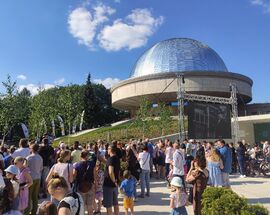
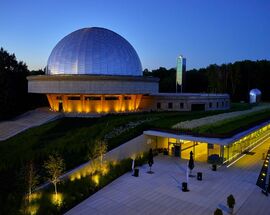
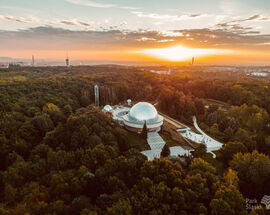
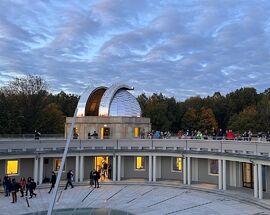
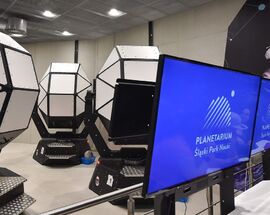

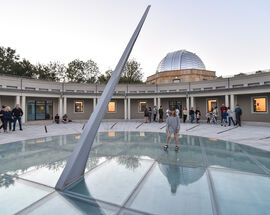
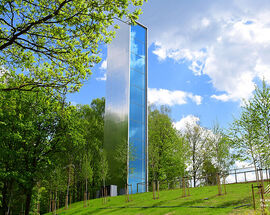
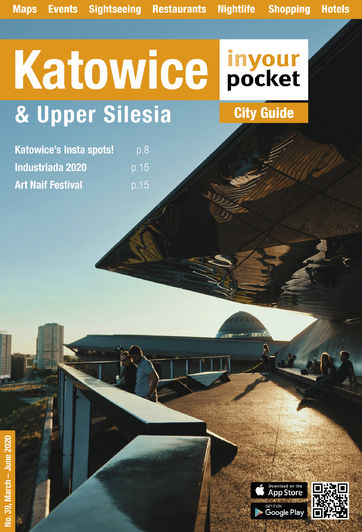
Comments